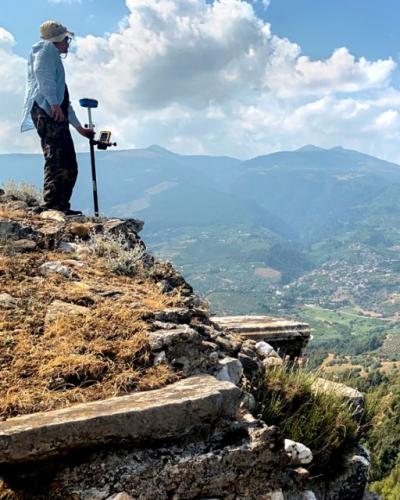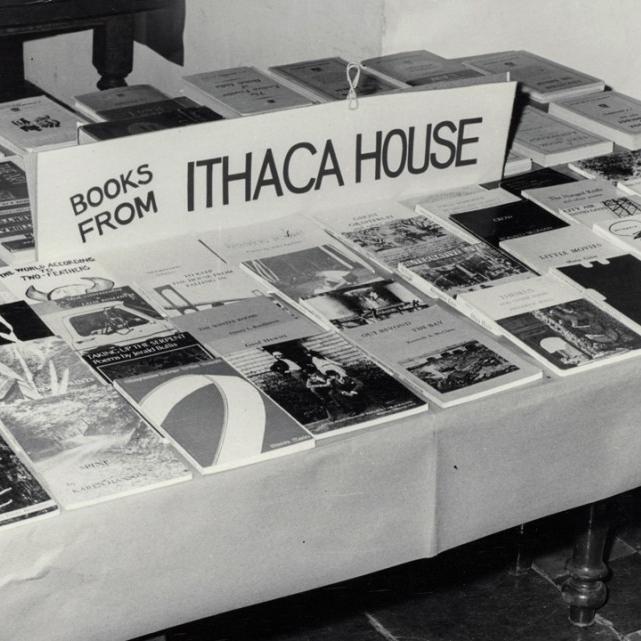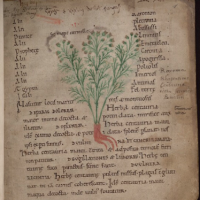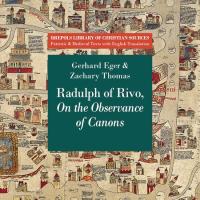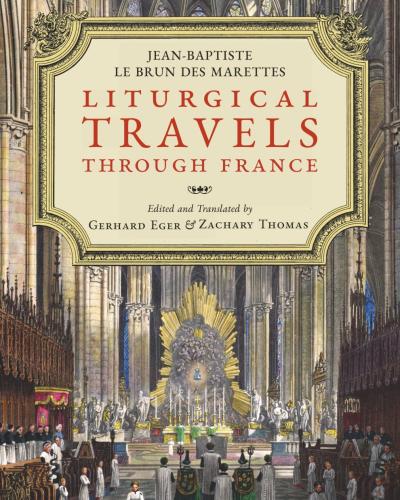Thomas' translated edition of Jean-Baptiste le Brun des Marette's 'Liturgical Travels Through France' (with his collaborator Gerhard Eger) has been published by Os Justi Press as part of their series in Liturgical History and Reform.
From France’s 130 cathedrals, 1,500 monasteries, and hundreds of collegiate churches—served by over 10,000 canons alongside thousands of minor clerics and laymen—and from their ancient choir schools, famous ensembles of choristers and musicians, and grand organs, the sacred ceremonies of the Ancien Régime unfolded in a vast and intricate rhythm. Daily life was punctuated by the ringing of bells; regular cycles of processions around the city by the clergy, religious, and confraternities; feast days; pilgrimages to local shrines; and other fiercely guarded local rituals. From the king’s magnificent chapel at Versailles to the fields of the humblest rural parish, the Church’s calendar and ceremonies formed a sacred landscape in which every Frenchman’s life unfolded, shaping his experience of time and place, reinforcing personal, local, and national identities and binding together the stratified society of early-modern France with a common ritual life.
It is this charming and long-vanished world that the first-ever translation of Le Brun’s Liturgical Travels Through France brings to modern English readers, accompanied by copious notes and an extensive introduction that provide context for the original work and show its (at times surprising) relevance to current debates. The volume is enriched with dozens of contemporary plates as well as introductory essays and appendices by Claude Barthe, François Hou, and Shawn Tribe.

